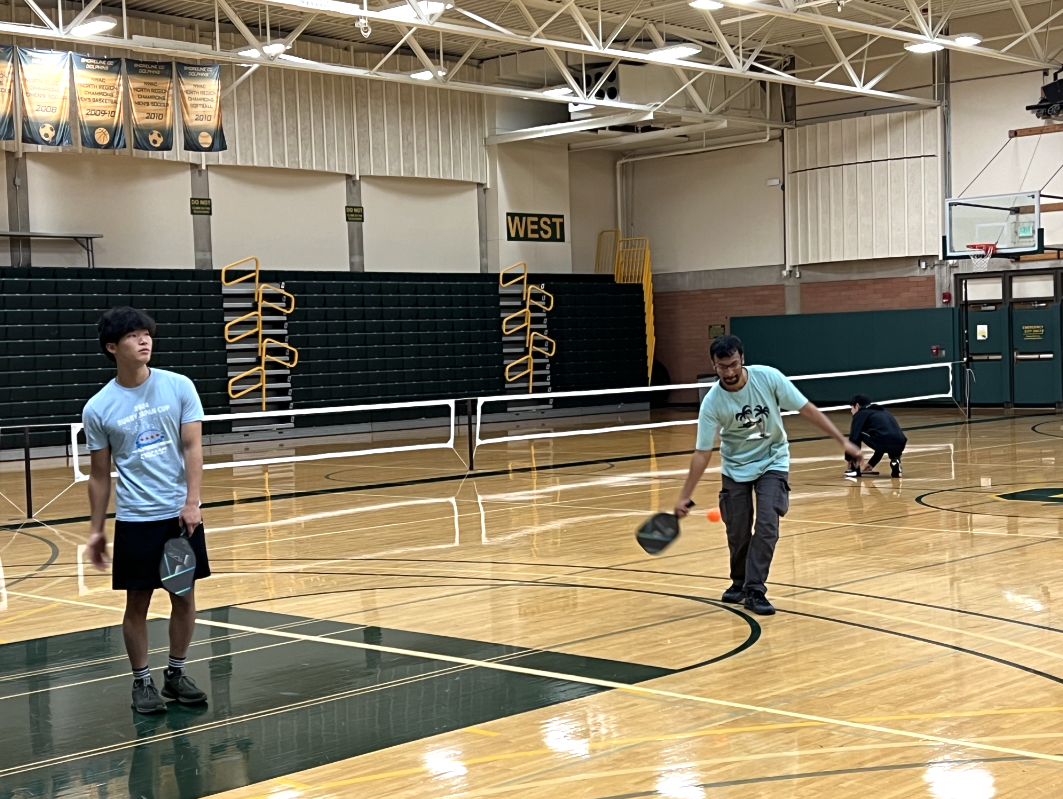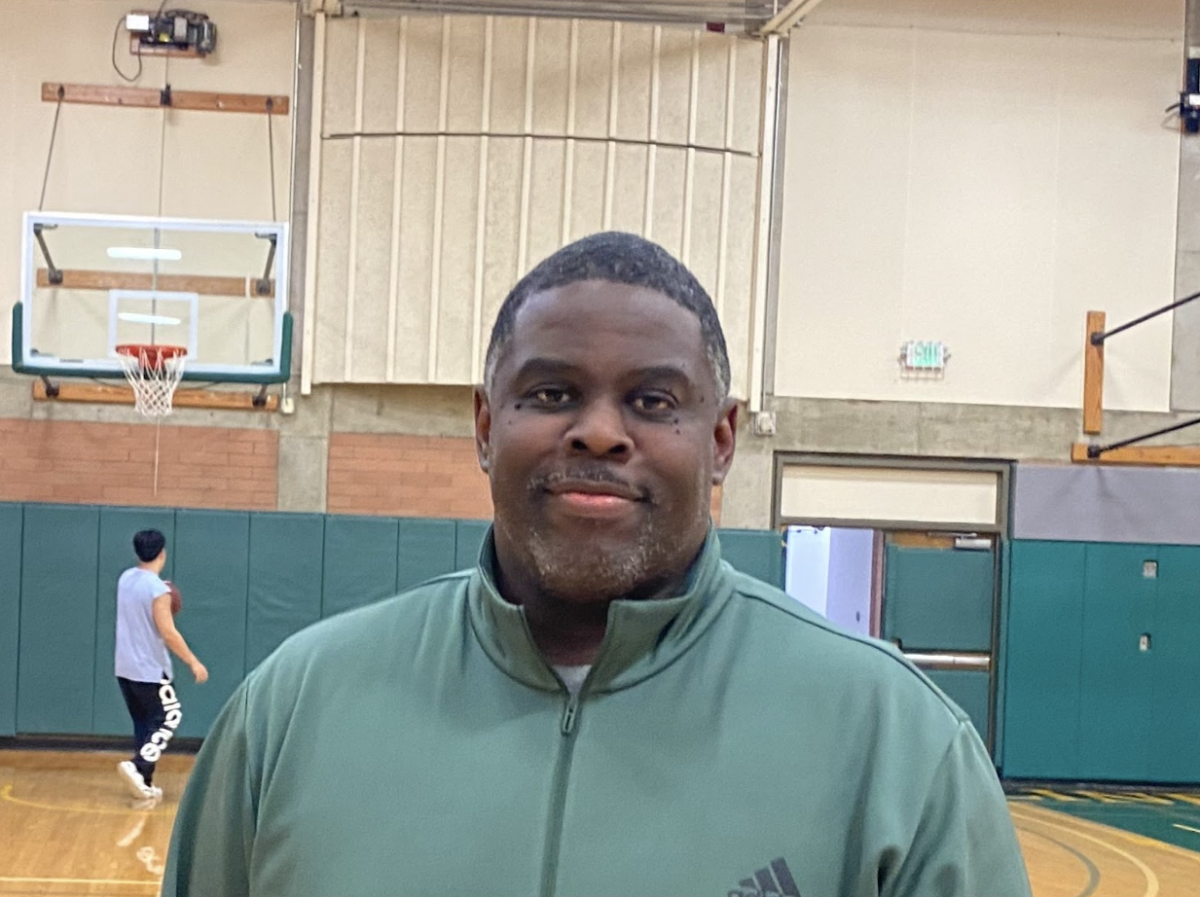New England Patriots vs. Los Angeles Rams (in Atlanta, Georgia)
The Evil Empire vs. the Mad Hatter
Super Bowl LIII (“53” for the non-Romans) is a rematch of the very Super Bowl that sparked the Patriots’ current dynasty.
The Patriots had been mediocre from the ‘80s until 2000, until it all turned around when a backup quarterback named Tom Brady took over for the injured Drew Bledsoe in the second game of the 2001 season.
That year, they took on the ascendent St. Louis Rams (well before their recent move to Los Angeles) in the Super Bowl. The Rams had a dominant offense dubbed “The Greatest Show on Turf” led by Hall-of-Fame quarterback Kurt Warner, running back Marshall Faulk and wide receivers Torry Holt and Isaac Bruce.
The Patriots clinched the game with a last-second field goal by Adam Vinatieri to win their first Super Bowl.
Perhaps the primary factor that caused the franchise’s fortunes to flip was when now-legendary coach Bill Belichick took over in 2000. Belichick is undoubtedly on the Mount Rushmore of historic NFL coaches as he nears the finish line of his career.
This iteration of the Rams is led by the modern marvel Sean McVay, the extremely young coaching wizard whose friendship is now the golden ticket to get hired as a head coach in the NFL. He even played against Patriot wide receiver Julian Edelman in college.
McVay runs a modern style of offense that utilizes lots of motion (players running around before the snap) and a surprisingly small amount of formation changes (77 percent of the Rams plays this year had three wide receivers, one tight end and one running back).
The Rams barely made it past the Saints in the NFC championship game this postseason. The championship games in both conferences went to overtime, but the Saints felt particularly aggrieved getting there due to a call by a referee that was, well, bad: a clear pass interference penalty did not get called.
It was among the worst calls in NFL history.
Other Bad Calls in NFL History
Under Control?
The Bert Emanuel non-catch, Bucs vs. Rams, 1999: Coach Tony Dungy had his Buccaneers rolling down seven points with 41 seconds to go in the NFC championship game. Dungy called timeout after what appeared to be a 13-yard completion. The tip of the ball barely hit the ground, so the catch was overturned despite the insistence by both announcers’ (the famous duo John Madden and Pat Summerall) that it was a clear catch. The league created a rule based off of the situation, known as the “Bert Emanuel Rule,” which says that the ball can touch the ground if the receiver still has control.
Tuck It
The Tuck Rule, Raiders vs. Patriots, 2002: In a divisional playoff game in the snow, Tom Brady and the Patriots were the beneficiaries of an interpretation of the “Tuck Rule,” which from 1999 until 2013 served as part of the rulebook before being abolished by an owner’s vote of 29-1. Brady went back to pass and the ball was knocked out by Charles Woodson — initially ruled a fumble, it was reviewed and called a forward pass, thus an incompletion. But it certainly looks like a fumble.
Admitting Their Mistakes
Troy Polamalu interception, Steelers vs. Colts, 2005: This time Tony Dungy, now coach of the Colts, got lucky with the call but eventually lost the game. Defensive powerhouse and hair enthusiast Troy Polamalu made the catch, no question — it should have been ruled an interception. Dungy threw the red challenge flag in an act of desperation, and it actually worked: the call was overturned and ruled incomplete. The next day the league offices issued an apology saying, “He maintained possession long enough to establish a catch.”






